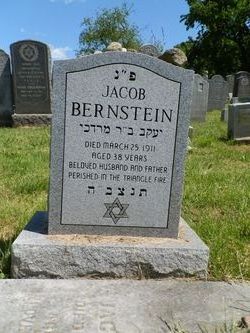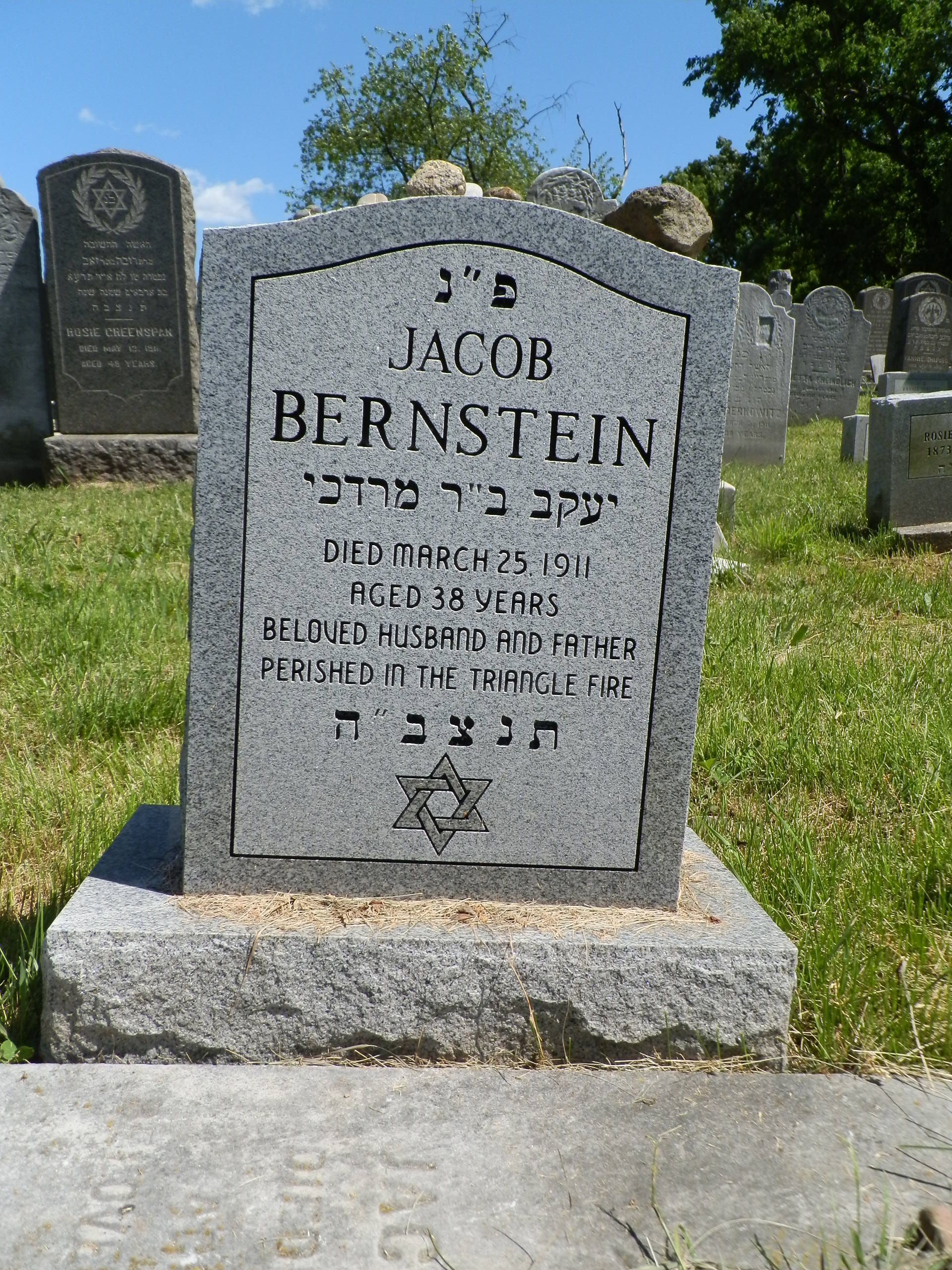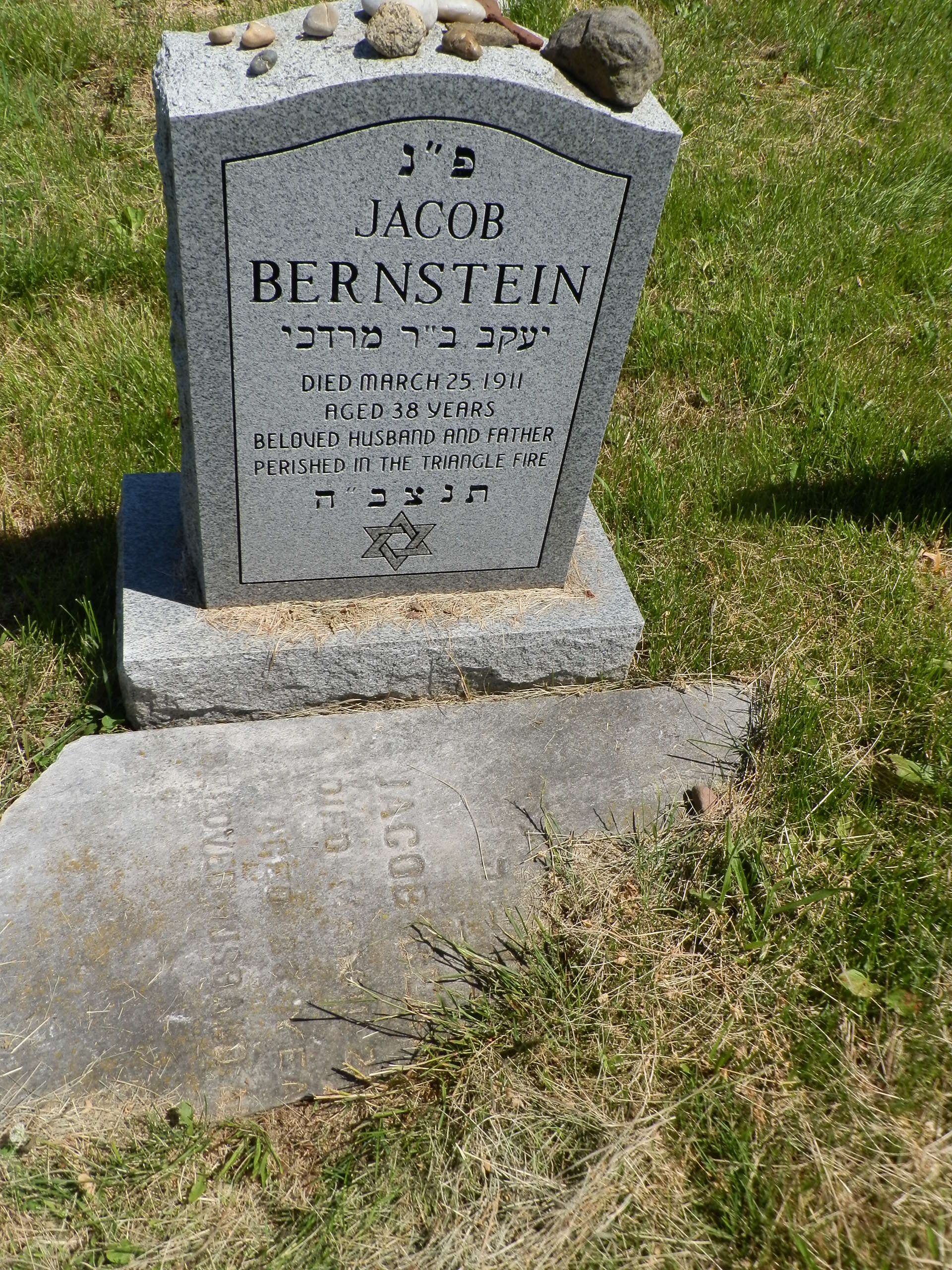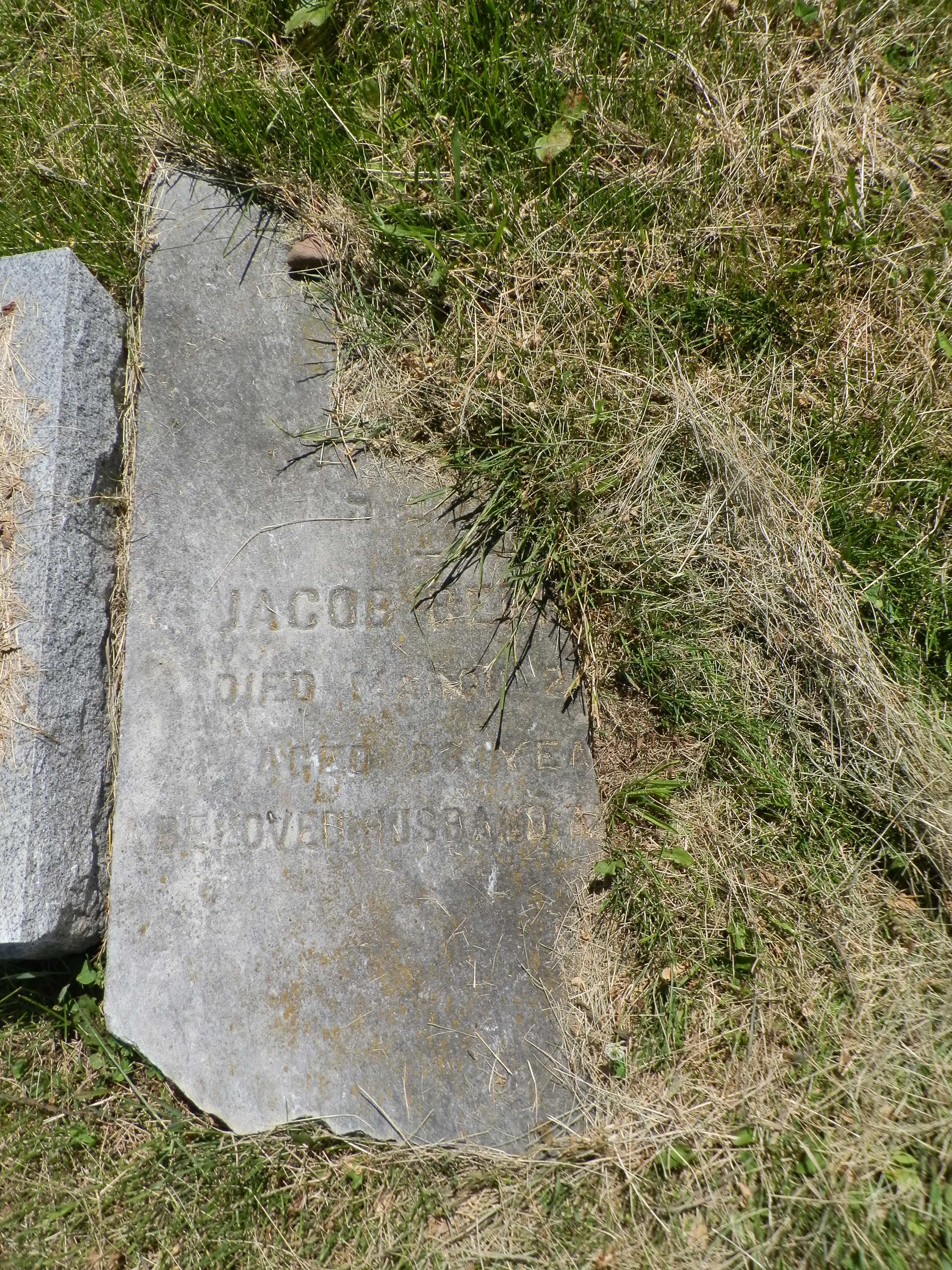The company made women's blouses, known as "waists" or "shirtwaists", and it's workers were mostly recent immigrant German, Italian and European Jewish girls, some as young as 13 years old, although older women and men and young boys were also represented. Their working conditions were far from safe. They worked 14 hour shifts among heaps of flammable bolts of fabric, scraps of which piled up in bins, baskets and on the floor around them; tissue paper patterns hung from racks above their worktables. The workrooms were lit by open flame gas lamps and the cutters, mostly men, were allowed to smoke as they worked. Brought on by a New York garment workers strike in 1910, many had joined the fledgling International Ladies' Garment Workers' Union. At the conclusion of the strike, most companies had signed agreements with the union improving working conditions. The Triangle Company, however, refused to sign and was under no obligation to abide by established safety rules.
On March 25, 1911, around 4:30pm, fire broke out on the 8th floor. Most on that floor and the executives on the 10th floor were able to escape, but workers on the 9th floor, who had not been alerted to the fire, found themselves trapped. Of the four 9th floor exits, the elevator was commandeered by 8th floor workers and then stopped working altogether, one stairwell door was soon blocked by fire and smoke, the other stairwell door had been locked (although denied by the owners in the trial held after, it was a common practice to lock factory workers in to prevent them from stealing) and the only fire escape proved too flimsy and collapsed under the weight of the escaping workers. Many died from being overcome by the smoke and flames quickly filling the building, but 62 of the workers realized there were no other means of escape and jumped from the windows to the pavement 9 stories below. Or worse, they were pushed toward the open windows by the panicked crowd and had no choice. Although the fire department responded quickly, the water from their hoses would not reach the top floors and ladders of the time were unable to reach above the 6th floor. By the time the fire was extinguished, 141 people had lost their lives. In the next few days, 5 more would die from their injuries.
From his documented injuries and cause of death, Jacob was overcome by the smoke and flames and never escaped the burning building. He is mentioned frequently in testimony given at the Triangle's owners' trial by surviving workers as having struggled to open the locked door and one witness is quoted as saying, "And then I saw the flames cover him." His brother Samuel survived by escaping via the roof of the Asch building. Jacob appears as Case #7 in the April 1912 Final Report of the Red Cross Emergency Relief Committee: "A man of 35 was killed. He was an operator earning $25.00 per week, and was related to the wife of one of the proprietors. He had recently re-joined his wife after an absence in San Francisco and they were planning to send for their children, two girls, 14 and 12, who were with grandparents in Russia. His wife had not been accustomed to work. Temporary assistance was given for several weeks while plans were being made. $250.00 was given on May 25 for the purchase of a share in a stationery and candy shop, and arrangements were made for a pension which was to be gradually decreased as her business should become more productive, three months' allowance being given in advance to enable her to re-establish her home. She sent for her children, who arrived here in September. The business proved insufficient for two partners and in November, with the approval of the United Hebrew Charities, she decided to sell her share of it and to learn hair-dressing. The money left from the original appropriation, with an additional $500.00, was at this time placed in the hands of the United Hebrew Charities, who had been in touch with the family from the beginning. In January $2000.00 was sent to the United Hebrew Charities to be held in trust for the two children."
The public outrage and subsequent acquittal of the company's owners following the tragedy paved the way for a flood of legislation to improve factory safety standards, led to the founding of The American Society of Safety Engineers and hastened the growth and clout of the International Ladies' Garment Workers' Union. A bystander who witnessed the young girls jumping from the windows was inspired to a life of public service fighting for the rights of factory workers; Frances Perkins went on to become the first woman appointed to a Presidential Cabinet position as Franklin Roosevelt's Secretary of Labor. The Triangle Shirtwaist Fire was the single worst workplace disaster in New York City until the attack on the World Trade Center in 2001.
The company made women's blouses, known as "waists" or "shirtwaists", and it's workers were mostly recent immigrant German, Italian and European Jewish girls, some as young as 13 years old, although older women and men and young boys were also represented. Their working conditions were far from safe. They worked 14 hour shifts among heaps of flammable bolts of fabric, scraps of which piled up in bins, baskets and on the floor around them; tissue paper patterns hung from racks above their worktables. The workrooms were lit by open flame gas lamps and the cutters, mostly men, were allowed to smoke as they worked. Brought on by a New York garment workers strike in 1910, many had joined the fledgling International Ladies' Garment Workers' Union. At the conclusion of the strike, most companies had signed agreements with the union improving working conditions. The Triangle Company, however, refused to sign and was under no obligation to abide by established safety rules.
On March 25, 1911, around 4:30pm, fire broke out on the 8th floor. Most on that floor and the executives on the 10th floor were able to escape, but workers on the 9th floor, who had not been alerted to the fire, found themselves trapped. Of the four 9th floor exits, the elevator was commandeered by 8th floor workers and then stopped working altogether, one stairwell door was soon blocked by fire and smoke, the other stairwell door had been locked (although denied by the owners in the trial held after, it was a common practice to lock factory workers in to prevent them from stealing) and the only fire escape proved too flimsy and collapsed under the weight of the escaping workers. Many died from being overcome by the smoke and flames quickly filling the building, but 62 of the workers realized there were no other means of escape and jumped from the windows to the pavement 9 stories below. Or worse, they were pushed toward the open windows by the panicked crowd and had no choice. Although the fire department responded quickly, the water from their hoses would not reach the top floors and ladders of the time were unable to reach above the 6th floor. By the time the fire was extinguished, 141 people had lost their lives. In the next few days, 5 more would die from their injuries.
From his documented injuries and cause of death, Jacob was overcome by the smoke and flames and never escaped the burning building. He is mentioned frequently in testimony given at the Triangle's owners' trial by surviving workers as having struggled to open the locked door and one witness is quoted as saying, "And then I saw the flames cover him." His brother Samuel survived by escaping via the roof of the Asch building. Jacob appears as Case #7 in the April 1912 Final Report of the Red Cross Emergency Relief Committee: "A man of 35 was killed. He was an operator earning $25.00 per week, and was related to the wife of one of the proprietors. He had recently re-joined his wife after an absence in San Francisco and they were planning to send for their children, two girls, 14 and 12, who were with grandparents in Russia. His wife had not been accustomed to work. Temporary assistance was given for several weeks while plans were being made. $250.00 was given on May 25 for the purchase of a share in a stationery and candy shop, and arrangements were made for a pension which was to be gradually decreased as her business should become more productive, three months' allowance being given in advance to enable her to re-establish her home. She sent for her children, who arrived here in September. The business proved insufficient for two partners and in November, with the approval of the United Hebrew Charities, she decided to sell her share of it and to learn hair-dressing. The money left from the original appropriation, with an additional $500.00, was at this time placed in the hands of the United Hebrew Charities, who had been in touch with the family from the beginning. In January $2000.00 was sent to the United Hebrew Charities to be held in trust for the two children."
The public outrage and subsequent acquittal of the company's owners following the tragedy paved the way for a flood of legislation to improve factory safety standards, led to the founding of The American Society of Safety Engineers and hastened the growth and clout of the International Ladies' Garment Workers' Union. A bystander who witnessed the young girls jumping from the windows was inspired to a life of public service fighting for the rights of factory workers; Frances Perkins went on to become the first woman appointed to a Presidential Cabinet position as Franklin Roosevelt's Secretary of Labor. The Triangle Shirtwaist Fire was the single worst workplace disaster in New York City until the attack on the World Trade Center in 2001.
Inscription
Here lies
JACOB
BERNSTEIN
Yaacov son of Mordechai
DIED MARCH 25.1911
AGED 38 YEARS
BELOVED HUSBAND AND FATHER
May his soul be bound up in the bond of eternal life
Gravesite Details
Date is Interment
Sponsored by Ancestry
Advertisement
Advertisement




